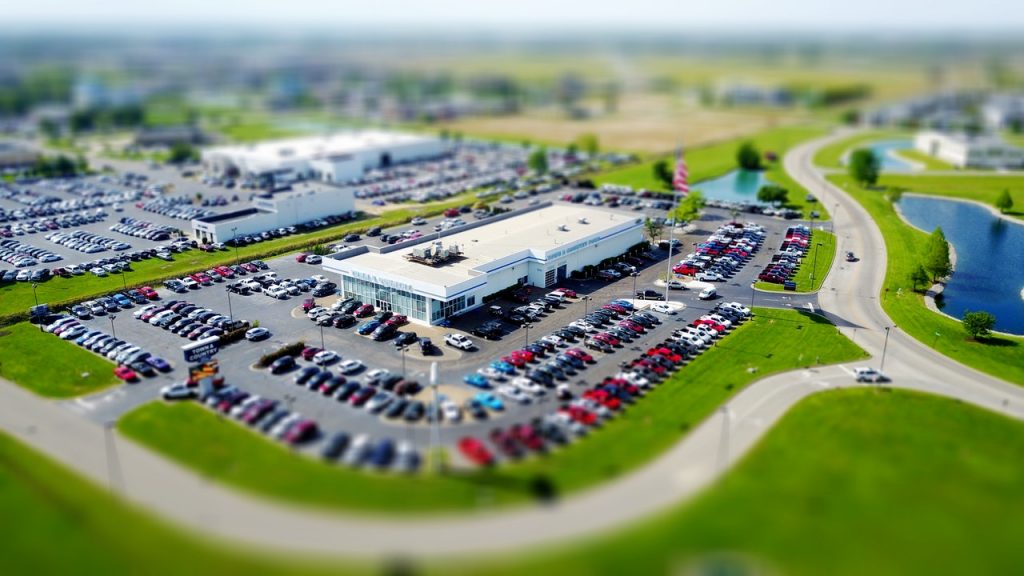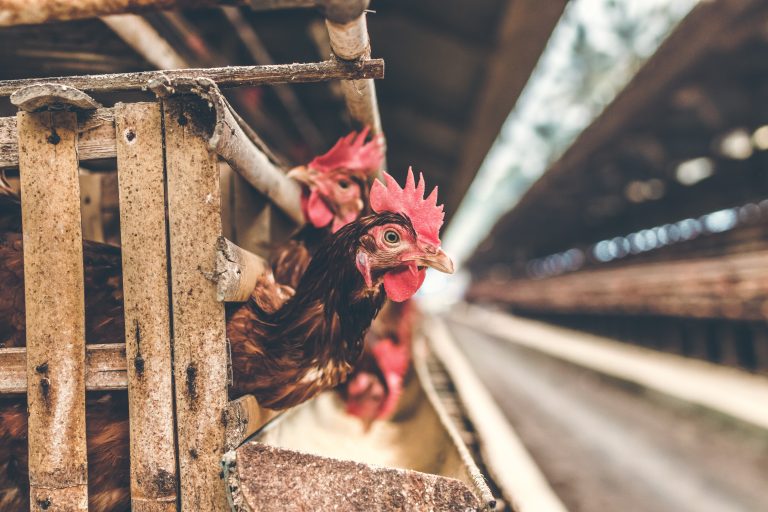Mark-ups in the Used Car Market

The past few months has seen a dramatic increase in the demand for vehicles. As cities begin to reopen, households are looking to purchase new cars to drive to the office and go on road trips. However, as noted in a previous post, supply chain disruptions have led to a shortage of vehicles in the new car market. As a result, consumers are looking to purchase used vehicles. As a general rule, most economists will tell you that buying a slightly used car is the better financial decision since the value of a car depreciates significantly in the first two years. However, the current market is completely upside down. Demand is currently so high for used vehicles that prices have risen dramatically. According to the US Bureau of Labor Statistics, the average price of a used car or truck has risen by 28 percent over the last year.
According to a recent analysis by iSeeCars.com, this rise in used car prices has led to a scenario where they identified 16 vehicles that cost more used than new. In percentage terms, used Honda Civics top the list selling for 24 percent more than new Honda Civics. In level terms, used Toyota 4Runners are most profitable, selling for $8643 more than a new 4Runner.
As the economy begins reopening, it is likely that we will see similar outcomes in other markets, particularly among durable goods. There have already been reports of shortages for air conditioners, refrigerators and washers and dryers, and even swimming pools. Those with enough foresight to predict which items will be scarce in the near future stand to make a hearty profit, like the high school student who made $1.7 million last year selling items like Pokemon cards and patio heaters.
Discussion/Questions:
- Draw two supply and demand graphs: one for the new car market, the other for the used car market. Next, show how a decrease in supply affects the equilibrium price and quantity for new cars. Then, show how the change in price for new cars affects the supply and/or demand for used cars, and the change in equilibrium price and quantity of used cars.
- Is the cross-price elasticity of demand for new and used cars positive or negative?
- Suppose consumers expect the price of household appliances to increase in the future. How does that affect supply or demand for appliances today?
Sources: St. Lewis FED Consumer Price Index for All Urban Consumers: Used Cars and Trucks in U.S. City Average. iSeeCars: 16 Cars That Cost More Used Than New. Fox News: Air conditioning shortage ahead of hot summer causes nationwide price spike. KVMT 11: Appliance shortage impacting the Magic Valley. 11 Alive: VERIFY: Above ground pools, chlorine tablets, could be harder to find with industry shortages. Wall Street Journal: How a 16-Year-Old Made $1.7 Million in Revenue Reselling Scarce Goods. Photo by David McBee from Pexels.












